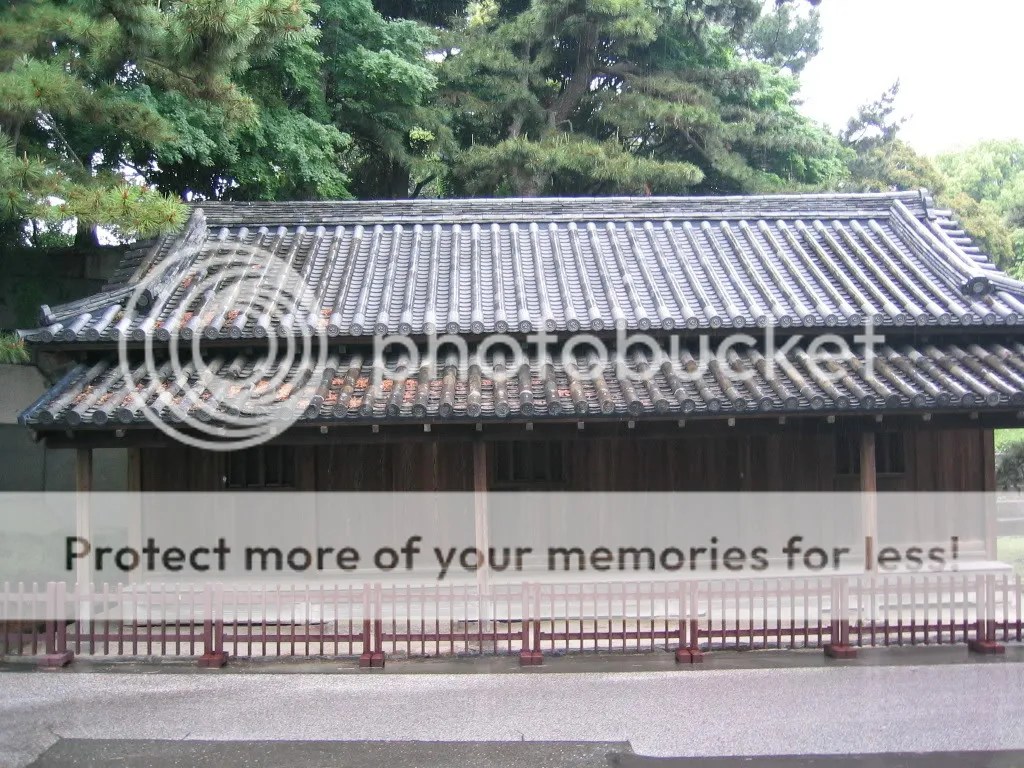If you are among the dozen or so people who have seen the movie “Waterworld” starring Kevin Costner, you may have wondered where that beautiful valley featured at the end of the film is located. Even if you have never wondered this, I’ll tell you anyway. The valley in question is Waipio Valley. Well, technically, I believe they filmed it in Waipio Valley and the next one over.
A view of the mysterious Waipio Valley as seen from the overlook.

Waipio Valley is the southernmost valley in the chain of 7 valleys in the northeast side of the Big Island. This valley is a sacred place for Hawaiians and has both cultural and historical significance. Not only is this the most fertile valley in the islands, but it is also the setting of many ancient stories about gods and kings. In the past, this valley was well populated and had schools, churches, restaurants, and even a hotel. However, a great tsunami destroyed these structures in the 1940s and since then it has not been repopulated. Only about 50 people live down there now, mostly locals whose families have lived there for ages and um, nature lovers.
A waterfall in Waipio Valley

Because it’s such a sacred place for Hawaiians, it’s best to take a tour. There are donkey cart tours, van tours, and horseback riding tours. I believe hiking straight to the beach is ok, but hiking into the valley and the back of it is definitely a no-no. However, I don’t know who would want to hike down because the road down into the valley is super steep. I mean it feels like you are falling over if you stand up straight and it is steeper than the steepest street in San Francisco. ONLY 4-wheel drive vehicles can even make it down the road and back. There is no sidewalk so you need to share the road if you walk, which is not my idea of a good time.
We opted to enjoy our tour of Waipio on horseback with Na’alapa Stables. This is the only stable actually in Waipio Valley, and they take you through streams and right into the thick of Waipio Valley. They are locally owned and operated, so you know the guides are good.

Our guide Keoni was very gregarious and funny. My horse was great. Very gentle and easy to direct. Actually, my horse is famous – he starred in “Waterworld.” I am a horseback riding novice and it was fine. The company gives you a quick overview of how to ride a horse before you go out. It is a nose to tail ride, but you go at a leisurely pace so that you can enjoy your surroundings. The views were amazing, and we even saw some wild horses! There are fruit trees everywhere – you can just reach out and pluck a guava. The valley is absolutely beautiful, and it was great to be given a tour by a longtime resident.
I would suggest some insect repellent though. This was the only place on the entire island where I got bitten by mosquitos. I got 4 mosquito bites on one arm, although I think it’s because it’s where I rested on the saddle blanket.
It was an honor to be able to visit such a beautiful, special place.
Next: Hawaii Volcanoes National Park









































Recent Comments